#1 About two thirds of Florida is a peninsula.
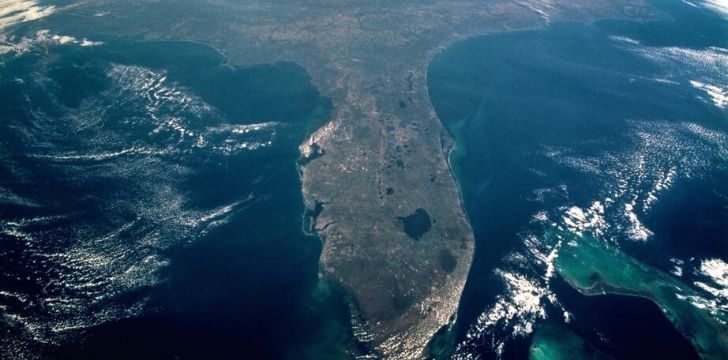
While Florida borders the states of Alabama and Georgia, its biggest borders are with the Gulf of Mexico and the Atlantic Ocean.
Its borders with these bodies of water are so large, that it actually has the longest coastline of the contiguous US states (the 48 states in mainland USA).
Its coastline is a whopping 1,350 miles (2,170 km) long, and it has 4,510 islands that are 10 acres in size or greater!
#2 Central Florida is the lightning capital of the USA.
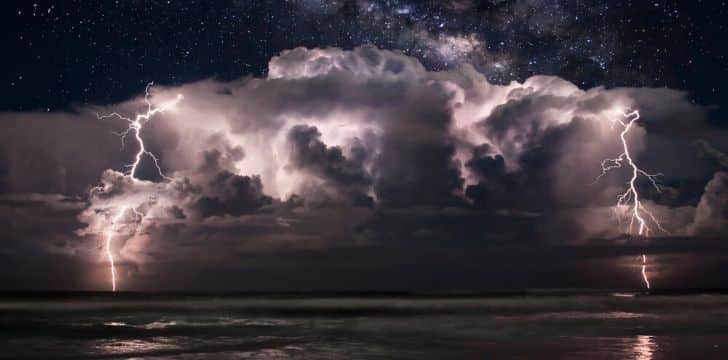
Florida’s nickname of the “Sunshine State” is a little ironic at best, if you ask me.
Severe weather is actually really common in Florida, especially in the central region.
Here it experiences more lightning strikes than anywhere else in the USA.
Florida also has more tornadoes per area than any of the other states too.
Hurricanes, you ask? Well, Florida also has so many of them that it’s the most hurricane prone state too. Sunshine state, hah!
#3 Florida was the first of the continental US states to be settled by Europeans.
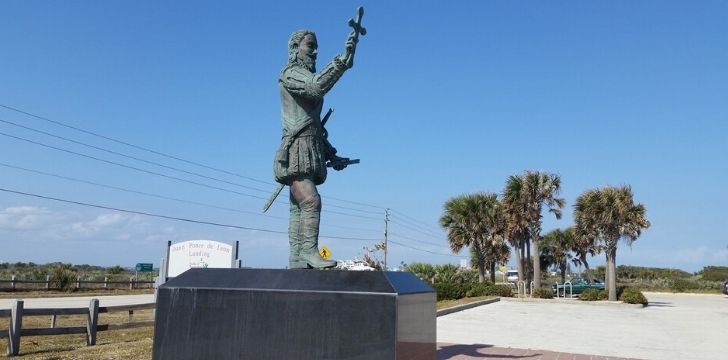
In 1513 a Spanish conquistador by the name of Juan Ponce de León arrived on the peninsula of what is now known as Florida.
Upon arrival, he named the area La Florida.
While there are multiple theories as to the origin of the name, there are two main contenders.
Either the area was named in appreciation of the beautiful wildflowers found there, or it was named after the Spanish festival Pascua Florida (Festival of Flowers), which was being celebrated when they arrived.
#4 There is only one place in the world where you can find crocodiles and alligators, and that’s in Florida.
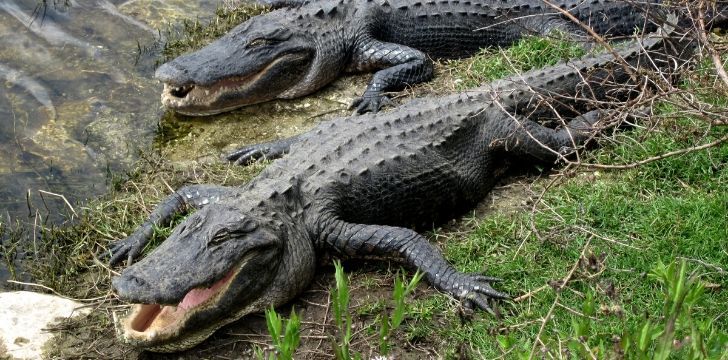
In the Everglades National Park, the largest tropical wild lands in the US, you can find such a sight.
While you can find alligators all over Florida, the only place where you can see both them and the American crocodile, a protected species, is here.
There are actually 38 different protected species in the Everglades National Park, including the West Indian manatee and the Florida panther – one of the most endangered mammals left on this planet.
#5 Population levels in Florida have been increasing rapidly since the beginning of the 20th Century.
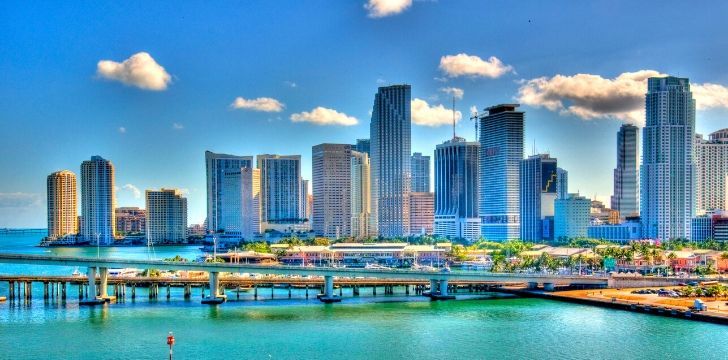
Florida was a pretty quiet place in the 19th Century, and it enjoyed a relative level of peace and quiet compared to today.
That all changed after World War II though, following a massive increase in military spending and investment, which brought many people to the state.
The state’s population kept on growing at a rapid pace, especially following the 50’s, when Cuban exiles fled to Florida.
#6 Spain traded Florida to Great Britain for control of Havana, Cuba.

Following their victory at the end of the 7 Years War Great Britain expanded its territory extensively.
During the war, in 1762, Great Britain managed to wrest control of Havana from the Spanish, which was a huge blow to the Spanish Navy.
Great Britain added insult to injury to the Spanish by offering them back control of Havana in exchange for Florida.
Spain accepted, and Great Britain ruled over Florida until 1783, when they were defeated in the American Revolution.
#7 The Walt Disney World Resort in Florida employs 70,000 people.

Referred to as the “Happiest Place on Earth”, the Disney World in Florida also attracts some of the largest numbers of their monolithic chain.
According to Disney, the Disney World in Florida employs 70,000 people – that’s a US record for the largest amount of people employed by one company at a single location!
It’s no small surprise they need such a large amount of staff though. In 2017 20.45 million people came through their gates to get the Disney World experience!
#8 Beachfront properties in Miami might be underwater by 2100!
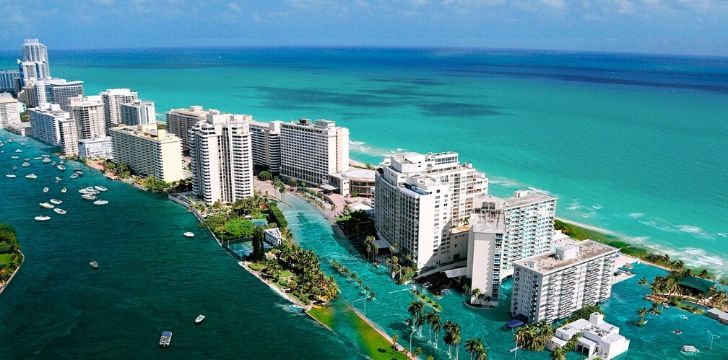
While beachfront properties are all the rage, people generally want them to be above, not below water.
Miami is currently one of the most at-risk US cities of losing ground due to rising sea levels.
A report in 2018 said that within the next 30 years around 12,000 homes in Miami’s beachfront are at risk of having serious flooding issues.
The irony here is that prices are still going up, not down!
#9 Florida is one of the world’s top holiday destinations.
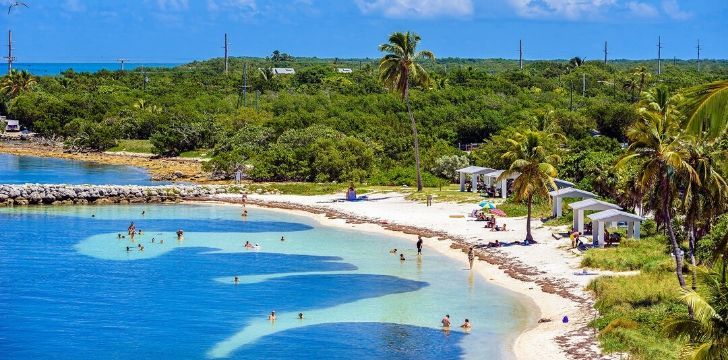
Florida has been breaking tourism records for years now.
In 2015 the state hosted over 100 million tourists, and in 2018 there were over 126.1 million visitors.
It’s no small wonder that Florida is such a popular holiday destination though, as the state is jam packed with things to do.
If you’re not keen on catching sun at the beach, or spending your days at amusement parks though, don’t fret: Florida also has plenty of other things to do.
You can visit golf courses, state parks, or even the Kennedy Space Center, among countless other things.
#10 One of Florida’s beaches is the shark tooth capital of the world.
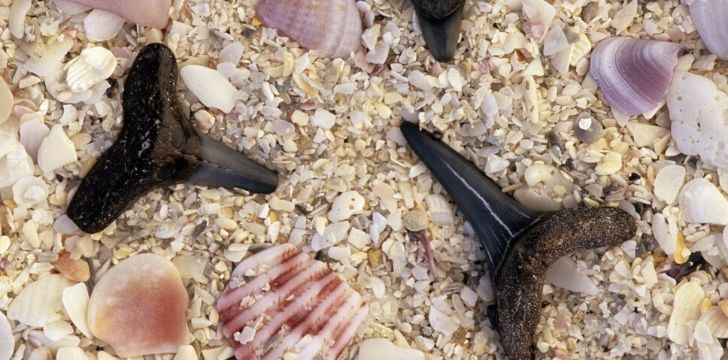
If you happen to find yourself in the area of Venice, Florida, keep your eyes to the ground.
Around 10 million years ago Florida was under water, and the area was absolutely packed with sharks.
What’s left today, though, are countless quantities of fossilized shark teeth.
These days it’s a popular local pastime to wander the beaches, scanning the ground for some teeth.
Comments
Post a Comment